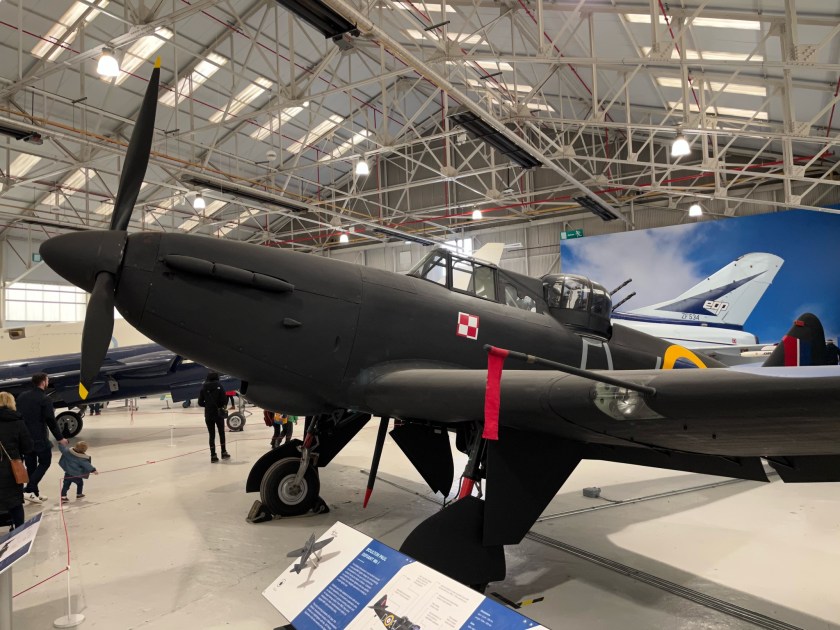This A34 Comet tank was on display at the Tank Museum at Bovington.

The A34 Comet was a British cruiser tank that was developed in the late stages of World War II. It was based on the Cromwell tank, but it had a number of significant improvements, including a new 17-pounder gun, a fully-welded hull and turret, and a new suspension system.
The Comet entered service in 1944 and was used by British armoured units in the final stages of the war in Europe. It proved to be a very effective tank, and was credited with knocking out German tanks.

The Comet was also used by the British Army in the Korean War, where it again proved to be a very capable tank. It was retired from British service in 1958.
The Comet was a very successful tank, and it was one of the most important British tanks of the Second World War. It was a major improvement over the Cromwell, and it was able to give the British Army a tank that was capable of taking on the latest German tanks. The Comet was also a very reliable tank, and it was easy to maintain.

The Comet’s success led to the development of the Centurion tank, which was the main battle tank of the British Army for many years. The Comet’s design features were also incorporated into other British tanks, such as the Challenger and the Chieftain.
The Comet is a reminder of the British Army’s ability to develop and field effective tanks in a short period of time. It is also a testament to the skill and dedication of the British tank crews who used it in battle.
More photographs of this Comet Tank and also here.
Comet Tank at the entrance to the Imperial War Museum Duxford.
Comet on display at the Imperial War Museum Duxford in their Land Warfare Exhibit.
I do have some of the Flames of War plastic models, but they are still currently still in their boxes. I have been thinking of using them not only for Late War Flames of War games, but also 1950s Cold War games. The Comet remained in British service until 1958. Reading the Hot War books from Harry Turtledove has inspired me to think about gaming some scenarios from the books. British Comets and Centurions versus Russians T34-85 and T54 Soviet tanks with American M26 Pershing and M48 Patton tanks. In the book there are also Sherman manned by (West) German forces.
Why such a liking for this tank, well, as with other models, I suspect that it was because I bought and made the Matchbox Comet many, many years ago.





















